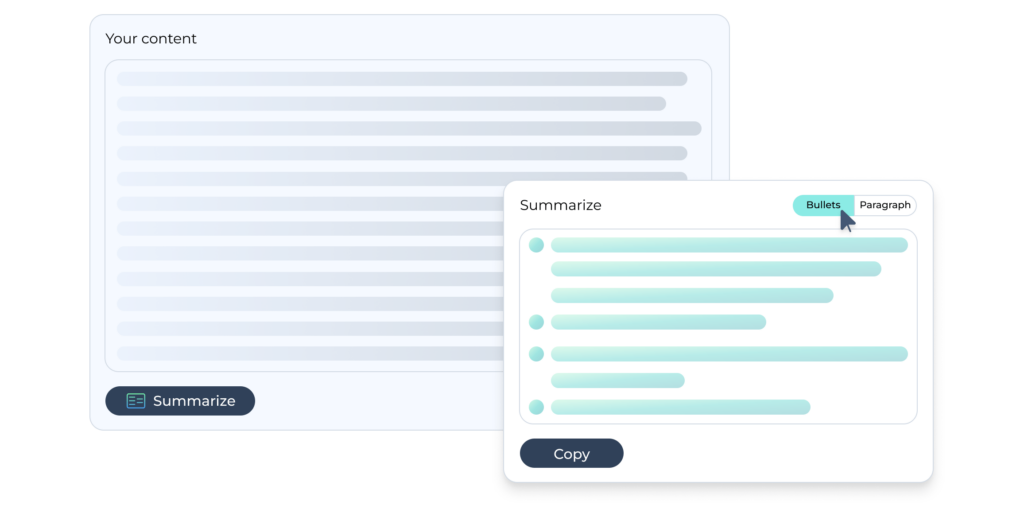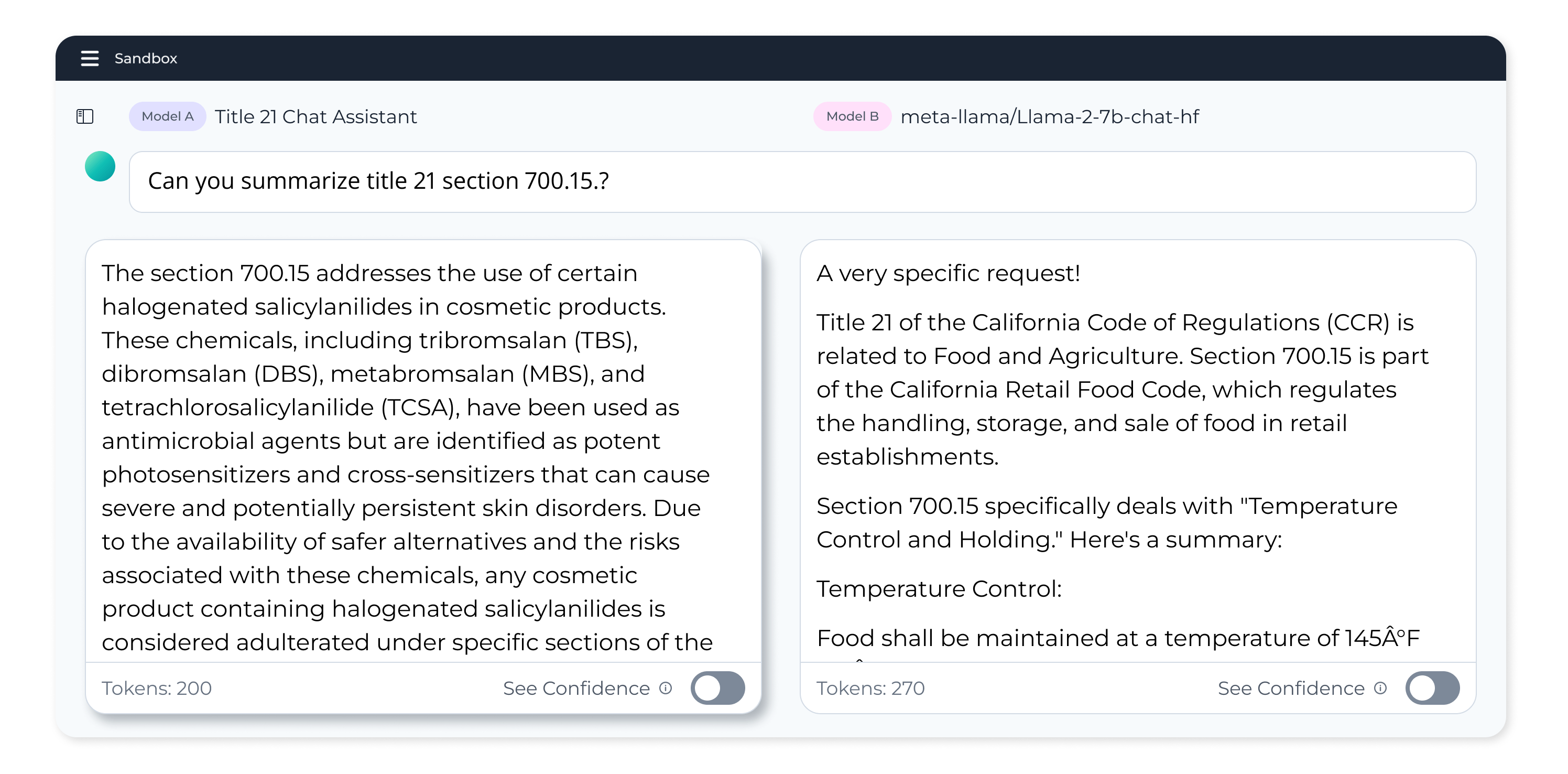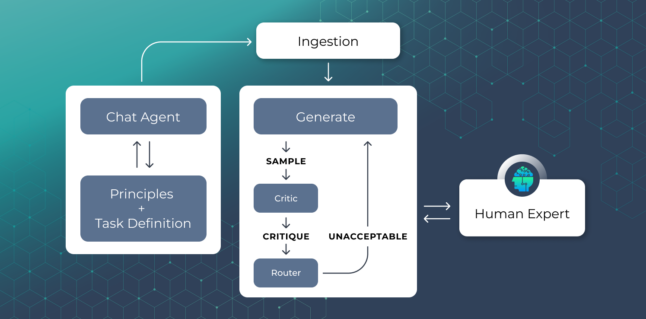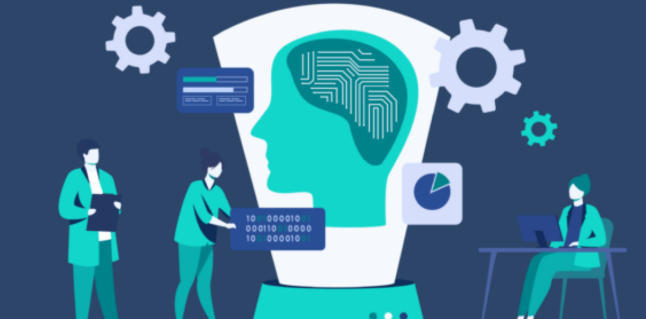Build intelligent Summarization applications powered by your data

What is Summarization?
Summarization is the process of condensing large or complex content into shorter, more digestible formats while preserving essential information and context. Summarization enables efficient content analysis by either extracting key elements or generating rephrased summaries that maintain contextual accuracy and relevance.
Types of Summarization
- Extractive Summarization
Extractive methods identify and extract the most important phrases, sentences, or sections directly from the source material. This approach ensures accuracy by retaining the original wording but may lack coherence when connecting ideas. - Abstractive Summarization
Abstractive methods go beyond direct extraction by generating entirely new sentences that capture the essence of the source material. This requires a deep understanding of the content and offers summaries that are more fluid, natural, and contextually aligned.
Challenges in Summarization
- Diverse data formats
Enterprises often deal with unstructured data in a wide array of formats, such as PDFs, emails, presentations, and databases. Converting these formats into a structured, AI-ready dataset ready for training. - Balancing conciseness and context
Summaries must condense information without losing critical nuance or misrepresenting the source material. Striking the right balance between specifics and context is challenging in highly regulated industries like healthcare, legal, financial services and more. - Latency in real-time use cases
Real-time summarization, such as summarizing live meetings or chat conversations, requires high computational efficiency. The latency caused by resource-intensive processing can disrupt workflows, particularly in customer support or virtual collaboration settings. - Domain-specific complexity
Generic summarization models often fail to capture the nuances of industry-specific terminology, tone, and context. For example, a financial report may require an understanding of jargon, numerical interpretations, and contextual inferences that general models cannot provide without fine-tuning or RAG based systems.
Building intelligent Summarization applications
Using recursive prompting, SeekrFlow extracts key facts, rules, tone, and style from source documents to build a high-quality, AI-ready dataset. This dataset, composed of generated summaries, ensures that all critical information and nuances are captured. By leveraging this tailored data, the AI model gains a deep understanding of the organization’s specific needs, enabling highly accurate and contextually aligned summarization. This approach refines model accuracy and optimizes the summarization process to meet diverse requirements with precision.
stream = client.chat.completions.create(
model=ft_deploy.id,
messages=[
{"role": "system", "content": "You are an AI assistant trained on legal case law, capable of summarizing case rulings, judicial opinions, and legal documents."},
{"role": "user", "content": "Please summarize the case of Brown v. Board of Education."}
],
stream=True,
max_tokens=1024,
)
for chunk in stream:
print(chunk.choices[0].delta.content or "", end="")
A practical example of Summarization
We fine-tuned a model using CFR Title 21 (FDA regulations) to serve as a regulatory assistant, capable of summarizing and interpreting these complex guidelines. We then evaluated its performance against a base model. The fine-tuned model (left) consistently delivered accurate and specific summaries, aligning with CFR Title 21. In contrast, the base model (right) produced inaccurate and irrelevant responses.
Vertical-specific use cases
Summarization turns complex information or data into clear, actionable insights tailored to industry needs. Here are a few examples of how it applies to specific verticals
1. Legal
Case law summarization
Condense lengthy judicial opinions, case law precedents, and rulings into concise, well-structured summaries, enabling legal professionals to quickly identify key arguments and decisions.
2. Healthcare
Patient record summarization
Streamline the review of extensive medical records by summarizing patient history, diagnoses, lab results, and treatment plans, allowing healthcare providers to make faster, more informed decisions.
3. Financial Services
Insight extraction
Summarize and compile data from 10-K filings, credit reports, and other financial documents to highlight trends, key performance indicators, and potential risk factors, aiding in strategic decision-making.
4. Government
Policy and legislative summarization
Simplify dense government policies, legislative documents, and reports into clear, actionable summaries improving accessibility and decision-making.
Why choose SeekrFlow?
Enhance accuracy and trust
Build AI models that align with your organizational guidelines, values, and goals. Models trained with SeekrFlow result in results in 3x more accurate responses, ensuring reliability in AI-driven interactions.
Reduce development complexity
Simplify AI development by integrating seamlessly into existing workflows through a single API or SDK, eliminating the need for disjointed tools and processes.
Prioritize data security
SeekrFlow safeguards your data through strict compliance with industry best practices. Flexible deployment options allow it to run wherever your data is safest—whether on a commercial cloud, private cloud, or on-premises infrastructure.



